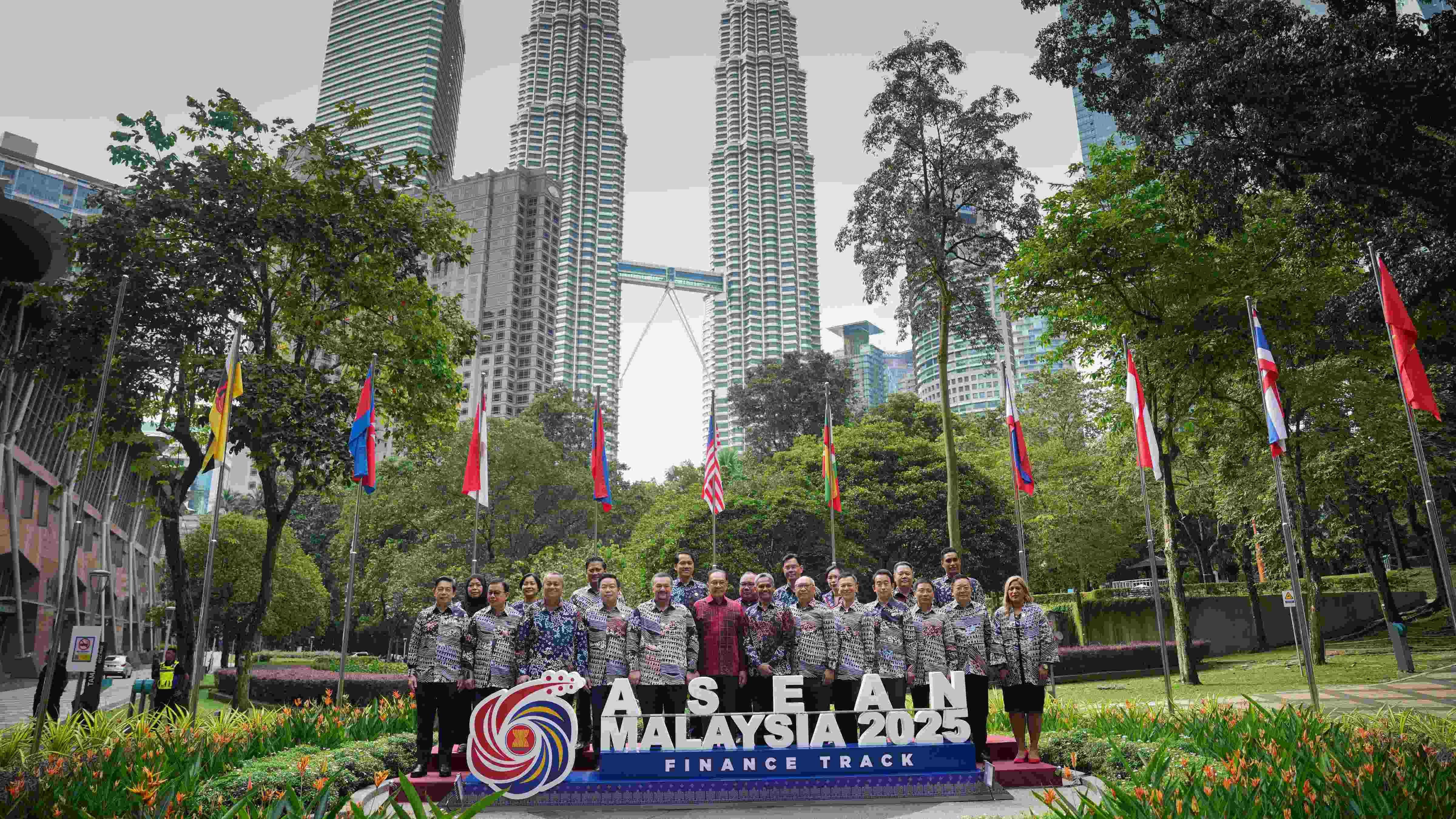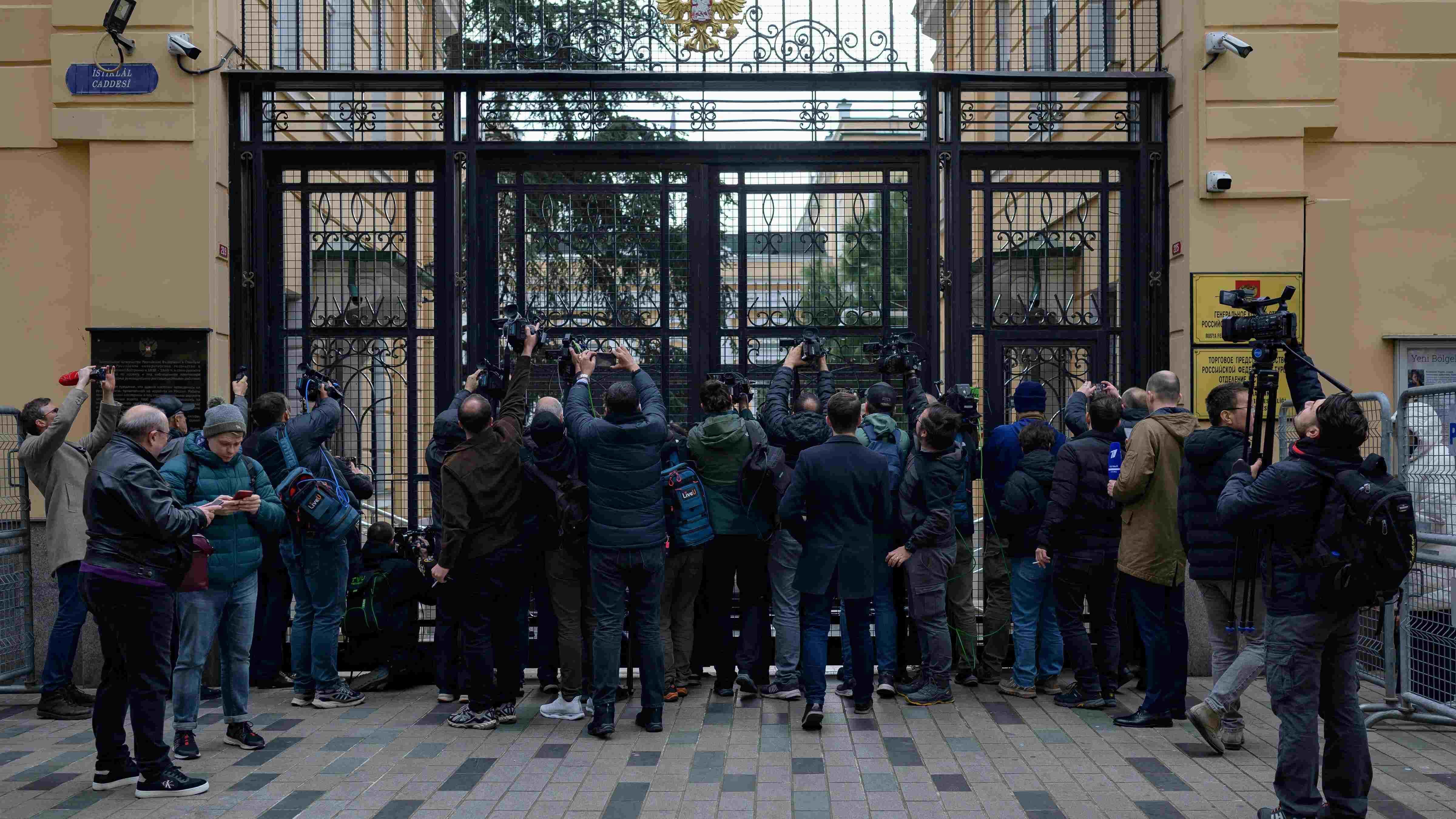Museum Anatolian reflects history of cars
BURSA - Anatolia News Agency

The museum, which is housed in the main building of the old factory, takes visitors back in time to the invention of the 2,600-year-old wheel up to the manufacture of motor cars by Tofaş.
Charting the history of conveyance devices from the distant past to the recent present, Tofaş Anatolian Cars and Carriages Museum is continuing to draw hundreds of thousands of visitors to its pioneering museum in Bursa.Unique in its scope, visitors to the museum in the northwestern province can learn about the development of the simple cart wheel overland from Asia to Anatolia through the millennia, as well as experience an intriguing glimpse of the colorful history of cart and carriage-making and the evolution of these millennia-old technologies into the Turkish automotive industry of today.
An old silk factory covering an area of 17,000 square meters in the Umurbey neighborhood was restored by architect Naim Arnas as part of the Tofaş initiative to turn it into a museum in 2002.
Along with the founding of the museum, a limited-edition book by Professor Önder Küçükerman titled “Tofaş 1968-2008 – 40 Years in the Turkish Automotive Industry and the Design Heritage of Anatolia,” will be published illuminating the history of the industry.
The museum, which is housed in the main building of the old factory, takes visitors back in time to the invention of the 2,600-year-old wheel up to the manufacture of motor cars by Tofaş. The entrance of the museum features pieces of sixth-century carts and wheels found in the Balıkesir-Üçpınar Tumulus.
There is also a shop with carriages and coach horses. The store consists completely of original materials and shows how a carriage is produced, a process that takes a few months.
The museum also showcases the process of technological development in the featured cars, which have been collected from Anatolian cities and villages and reflect various periods in Anatolian history.
Oxcarts from various Anatolian provinces such as Yozgat, Çorum, Bursa and Balıkesir; carriages from Bursa, Edirne, Eskişehir, Manisa, Konya and Istanbul; as well as dozens of magnificent cars, decorated according to the geographical location and climate of their region, also reflect the designs and fashion of the past.
After passing from oxcarts and carriages to horse coaches, cars were not produced with wood and iron alone but also with leather. They are covered with canvas to prevent the cars from weather damage.
Murat 124
The oldest motor vehicle in the museum is the Murat 124, which was produced in 1971 by Tofaş. The inclusion of the Murat 124, often affectionately referred to as a Hacı Murat, allows visitors to take a trip down memory lane, as many Turks have older family members that owned such a car in the past. This car arguably draws the most interest in the museum along with the Murat 131.
The museum also displays the millionth car produced by Tofaş, a Tempra from 1994, and the 2 millionth car, a Palio Go produced in 2004. Other cars in this section are the Uno and Tipo.
Today’s Fiorino is displayed on a revolving stand. The trophies that Tofaş has won in motorsport competitions are also displayed in the museum.
Initiated as a social responsibility project by Tofaş in 1998, the museum first opened its doors to the public on June 28, 2002. Since then, the free-of-charge museum has hosted over 350,000 visitors.
















